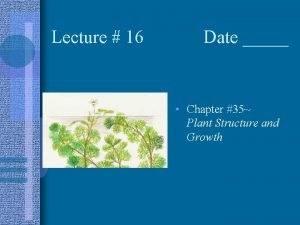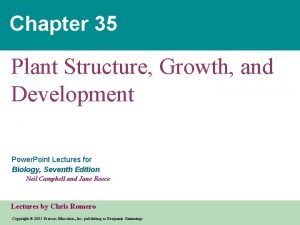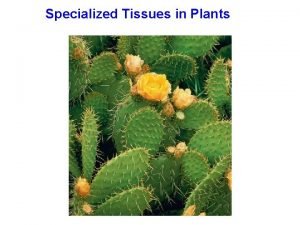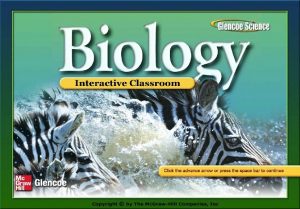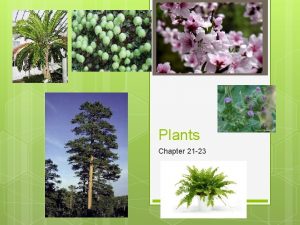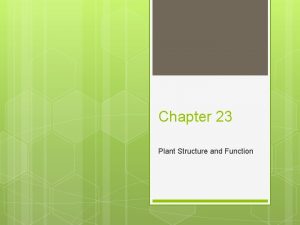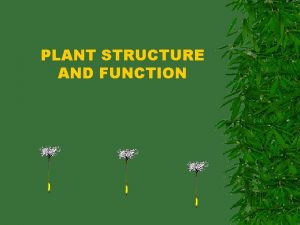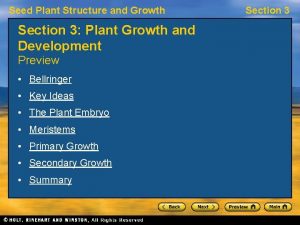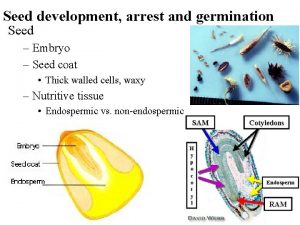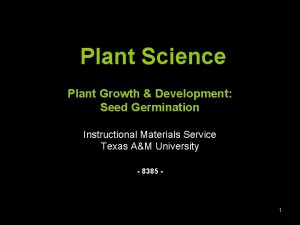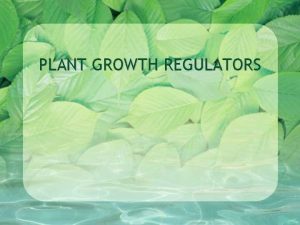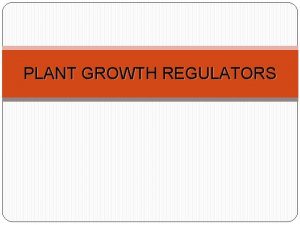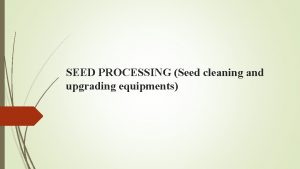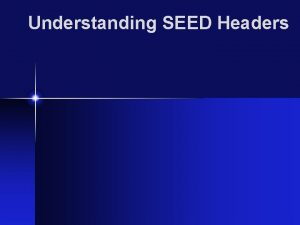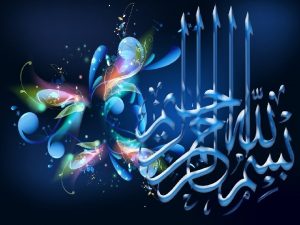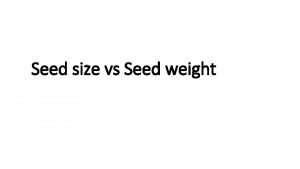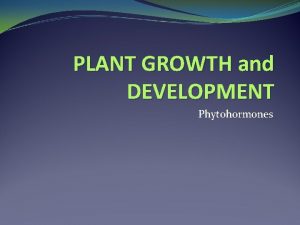Plant Growth and Development Seed Structure and Function














- Slides: 14

Plant Growth and Development Seed Structure and Function

Seeds • The most dramatic innovation which occurred during the evolution of vascular plants was the seed. • Seed undoubtedly is one of the reasons responsible for the dominance of the seed plant in today’s flora • Plants have been extremely successful and useful to humans as a source of food, shelter, furniture, fuel etc.

• They owe their widespread distribution to other adaptations. These include: ▫ The production of pollen which enables the sperm to fertilize the egg in the absence of free water ▫ Angiosperms also produce flowers which promotes pollination and develops into fruits that protect the seeds and facilitates their dispersal as well. • The capacity to produce seeds makes the seed plant particularly the angiosperms dominant over spore bearing plants

• Reason: The seed has a survival value and therefore has a greater chance of surviving and producing new generation than spores do. • The success of the flowering plant is in great measure due to the effectiveness of the seed as a perennating and dispersal organ. • Indispensable means of survival and spread. • It is the end product of a complex series of processes.

• It is a complex package containing a dormant embryo (the living germ) and its food supply both wrapped in a complex (seed coat (testa)) formed from integument. • The seed is not only a means of multiplying a species, and of protecting a living germ against unfavourable conditions , it contains the result of a rearrangement of genetic material which has been brought about by the complementary events of meiosis and fertilization.

• The testa is mostly dry but some have fleshy appendages such as the elaiosomes or juicy layers such as the edible outer epidermis of some seed coats as in pomegranate. • The protective covering no matter its origin is always a highly specialised tissues. • The cell walls are thickened and heavily impregnated with materials such as suberin and cutin.

• It is resistant to decay/chemical agents and some are involved in controlling the germination of the seed. • Phenolic compounds also present in the seed coat influences the germination process. • Seed coat in some species have features that assist dispersal. • Some seed coats are resistant to the digestive processes and permit the seed to pass through the tract without damage.

• The food supply is either stored in the endosperm tissue adjacent to the embryo or transported to the cotyledon (where they are stored) • Almost all seeds contain some reserved nutrients. In some cases it may take up 85 -90% of the seeds dry weight. • E. g. even in smaller seeds like Lactuca sativa (lettuce) which weighs only a few milligrams can support embryo growth for several days.

• Bean: 1. 5 g can support embryo growth for several weeks. • Coconut seedlings have been found to deplete only half of their reserves during 15 months of their growth in darkness. • Only few seeds have any significant reserves beyond those stored in the endosperm and the cotyledon. • occasionally, perisperm which is a persistent nucellus of the ovule is found.

• It is common in the families Liliaceae and Piperaceae. • Usually one type of storage tissue is present in any one seed, however, this is not universally so. E. g. In Nutmeg (Myristica fragrans) both perisperm and endosperm are found. • The inner tissues of a resting seed is generally made up of parenchyma, though the embryo has an immature vascular bundle.

• The tissues are usually hard due to very low water content. • The embryo in most seeds has a root apex as well as a shoot apex which are protected by coleorhizae and coleoptile respectively. The embryo has a leaf or two. • Seeds present an immense variation in size, shape and structure and this is largely associated with the mode of dispersal and the conditions they encounter in the natural habitat of the species.

• Seeds are important sources of food for animals and man. • Members of the family Poaceae/Graminae provide food seeds than any other plant family and it is followed by the family Fabaceae. • Seeds have many other uses other than food; ▫ Beverage ▫ Fibre ▫ Medicine ▫ Industrial oil etc.

Functions of seeds • Reproduction • Vessel or receptacle in which the embryo develops • Protects the embryo from excessive heat, cold, attack by insects, rodents etc. • Stores up food for the embryo/seedling • Dispersal to ensure continuance of the plant

Transverse Section through a seed
 Chapter 35 plant structure growth and development
Chapter 35 plant structure growth and development Plant structure growth and development
Plant structure growth and development Chapter 35 plant structure growth and development
Chapter 35 plant structure growth and development Tillering stage of rice
Tillering stage of rice Functions of ethylene
Functions of ethylene What is the function of the seed
What is the function of the seed Plant structure
Plant structure Is cytoplasm in plant and animal cells
Is cytoplasm in plant and animal cells Chapter 22 plant structure and function answer key
Chapter 22 plant structure and function answer key Chapter 21 plant structure and function
Chapter 21 plant structure and function Chapter 23 plant structure and function
Chapter 23 plant structure and function Living things that have leaves and roots
Living things that have leaves and roots Plant growth definition
Plant growth definition Root hair structure
Root hair structure Primary growth and secondary growth in plants
Primary growth and secondary growth in plants
